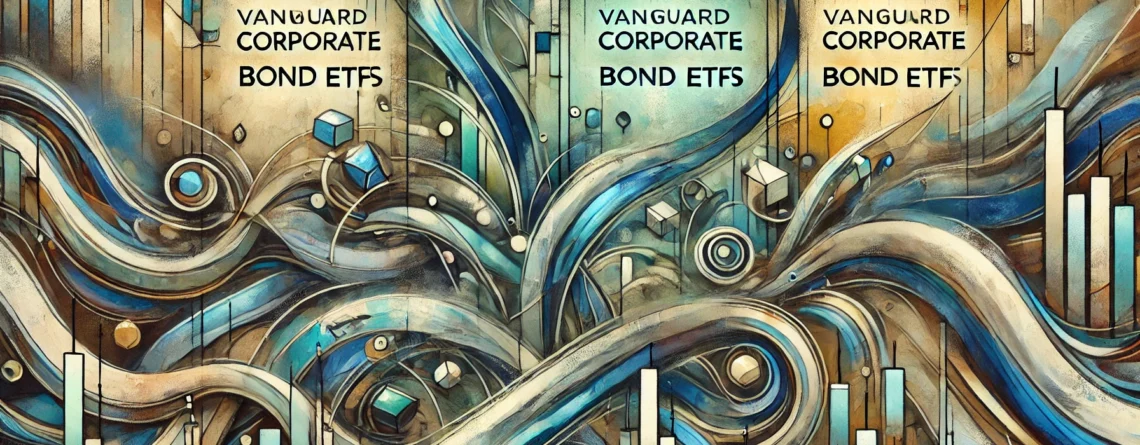Comparing Three Vanguard Corporate Bond ETFs
Bond exchange-traded funds (ETFs) are investment vehicles that provide investors with exposure to a diversified portfolio of fixed-income securities. They offer a cost-effective way to access the bond market and are often used as a tool for income generation or to diversify a portfolio. In this blog post, we will compare three bond ETFs offered by Vanguard based on their yield to maturity, average duration, and cost.
| Yield to Maturity | Average Duration | Expense Ratio | |
| Vanguard Short-Term Corporate Bond ETF (VCSH) | 4.90% | 2.7 Years | 0.04% |
| Vanguard Intermediate-Term Corporate Bond ETF (VCIT) | 4.90% | 7.4 Years | 0.04% |
| Vanguard Long-Term Corporate Bond ETF (VCLT) | 5.10% | 22.4 Years | 0.04% |
Vanguard Short-Term Corporate Bond ETF (VCSH)
Vanguard Short-Term Corporate Bond ETF (VCSH) is a bond ETF that tracks the performance of the Bloomberg Barclays U.S. 1-5 Year Corporate Bond Index. The fund invests in investment-grade corporate bonds with maturities ranging from one to five years. VCSH has an expense ratio of 0.04%, making it one of the cheapest bond ETFs in the market.
Vanguard Intermediate-Term Corporate Bond ETF (VCIT)
Vanguard Intermediate-Term Corporate Bond ETF (VCIT) is a bond ETF that tracks the performance of the Bloomberg Barclays U.S. 5-10 Year Corporate Bond Index. The fund invests in investment-grade corporate bonds with maturities ranging from five to ten years. VCIT has an expense ratio of 0.04%.
Vanguard Long-Term Corporate Bond ETF (VCLT)
Vanguard Long-Term Corporate Bond ETF (VCLT) is a bond ETF that tracks the performance of the Bloomberg Barclays U.S. Long Corporate Bond Index. The fund invests in investment-grade corporate bonds with maturities of greater than ten years. VCLT has an expense ratio of 0.04%.
Yield to Maturity
Yield to maturity is the total return anticipated on a bond if it is held until its maturity date. It considers the bond’s current market price, its coupon rate, and the time left until its maturity. Yield to maturity can be used as an indicator of the expected return of a bond investment.
What’s most interesting about the current bond market is that the yield curve is relatively flat. This means that investors receive about the same interest rate for short term bonds as they do for long term bonds. Whether an investor should hold short-term, medium-term, or long-term bonds depends on their investment objectives, risk tolerance, and possibly their outlook for the future.
But, all things considered, many investors are gravitating towards short-term bonds at current rates because they offer the highest yields for the lowest duration risk.
Management Expense Ratios
Each of the bond funds highlighted in this post are very low cost. With management expense ratios (MERs) of 0.04%, this means that they are almost free of management fees. This makes these bond funds ideal for investors who want to reduce the drag from fees on their investment returns.

